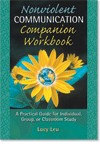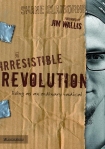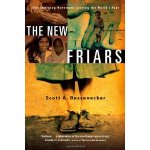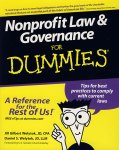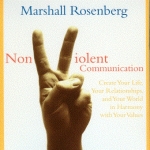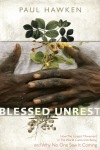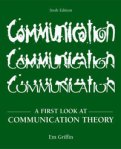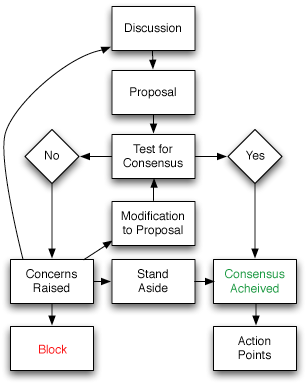Revisiting the Twelve Marks
The book Schools for Conversion: Twelve Marks of a New Monasticism is a collection of essays about new monastic intentional communities. This book had a foundational role in the development of my understanding of intentional communities. (If you are not familiar with the twelve marks, see appendix A at the end of this post.)
The book suffers somewhat from being written and edited by a committee. It reads like a mix between a textbook and a really cumbersome mission statement—the kind of statement you get when constituents try to incorporate every relevant noun and verb into their clauses.
But despite its sprawling scope and fractured style, the book is indispensable for anyone interested in new monasticism because of the ideas, experiences, and passions that the various authors communicate. It is an ambitious book. The authors were seeking to give some form to the new monastic social movement, and I would say they succeeded. I found the book to be both interesting and inspiring, and I own a debt to the authors for the ideas and vocabulary they supplied.
– – –
Modifying the Twelve Marks
while all new monastic communities are intentional communities, not all intentional communities are new monastic. New monasticism is a fairly specific enterprise (as evidenced by the long list of “marks.”)
Having researched and been immersed in intentional community for a year or so now, I find that I identify with some of the marks more than others. While new monasticism resonates with me, I would not describe myself as a new monastic.
I have taken the liberty of revising the list of twelve marks. I have shortened it down to six. Of the twelve marks put forward by the book, these six resonate with me the most and reflect my take on intentional community.
Imitation is the sincerest form of flattery, they say. I get the feeling that the authors intended their work to be viewed as a starting point, not as a set-in-stone handbook or a sacred text. As such, I am gratefully using it as a springboard. Here is my shortened list.
– – –
The six most important marks of intentional community in my view:
(I define intentional community as a group of people who are gathered around a common goal, vision, or set of values, and that is characterized by the following marks.)
- Nurturing common life among members of intentional community. (cf. mark #7)
– shared rhythms such as meals
– high degree of teamwork among members
– egalitarianism
- geographical proximity. (9)
- Commitment to positive communication, conflict resolution, and peacemaking. (11)
– self awareness
– group decision making processes
- Environmental consciousness and prioritization of the local economy. (10)
– gardening
– sustainability
– farmers markets
– product choices
- Spiritual participation together. (6 & 12)
– common prayer
– sabbath
– celebration
– hospitality to the stranger
- Sharing. (2)
– often some form of common purse
– sharing resources and/or expenses
– – –
The Marks I didn’t Keep
This exercise has helped me examine my own working definition of intentional community. [keyword: “working.” I am more interested in practice than theory here. I want to examine what we actually do.]
I do not disagree with any of the twelve marks per se. I excluded certain marks simply because they are not central to my particular vision of what intentional community is. For example, the mark relating to single people and married people (8) seems unnecessary. While a very important topic, I ultimately take it for granted that we don’t discriminate on the basis of marital status.
I do not currently share an interest in locating to “abandoned places of empire (1)” and, while hospitality (3) is very important, for me it falls under spiritual disciplines and therefore is not its own mark.
I did not include the marks that pertained specifically to monastic spirituality (such as the “disciplined contemplative life (12),” “way of Christ,” and “rule of life (6),” etc.) or specifically to the church (“racial division within the church (4),” “humble submission to the church (5),” etc.) because I am not a member of a monastic community or a church community, though I do find monasticism and the church to be sources of great inspiration.
I also find new monasticism, as well as Twelve Marks, to be an important source of inspiration as I continue to try to live out my adventure in togetherness.
– – –
Appendix A: Twelve Marks of a New Monasticism, Table of contents

Read Full Post »

















